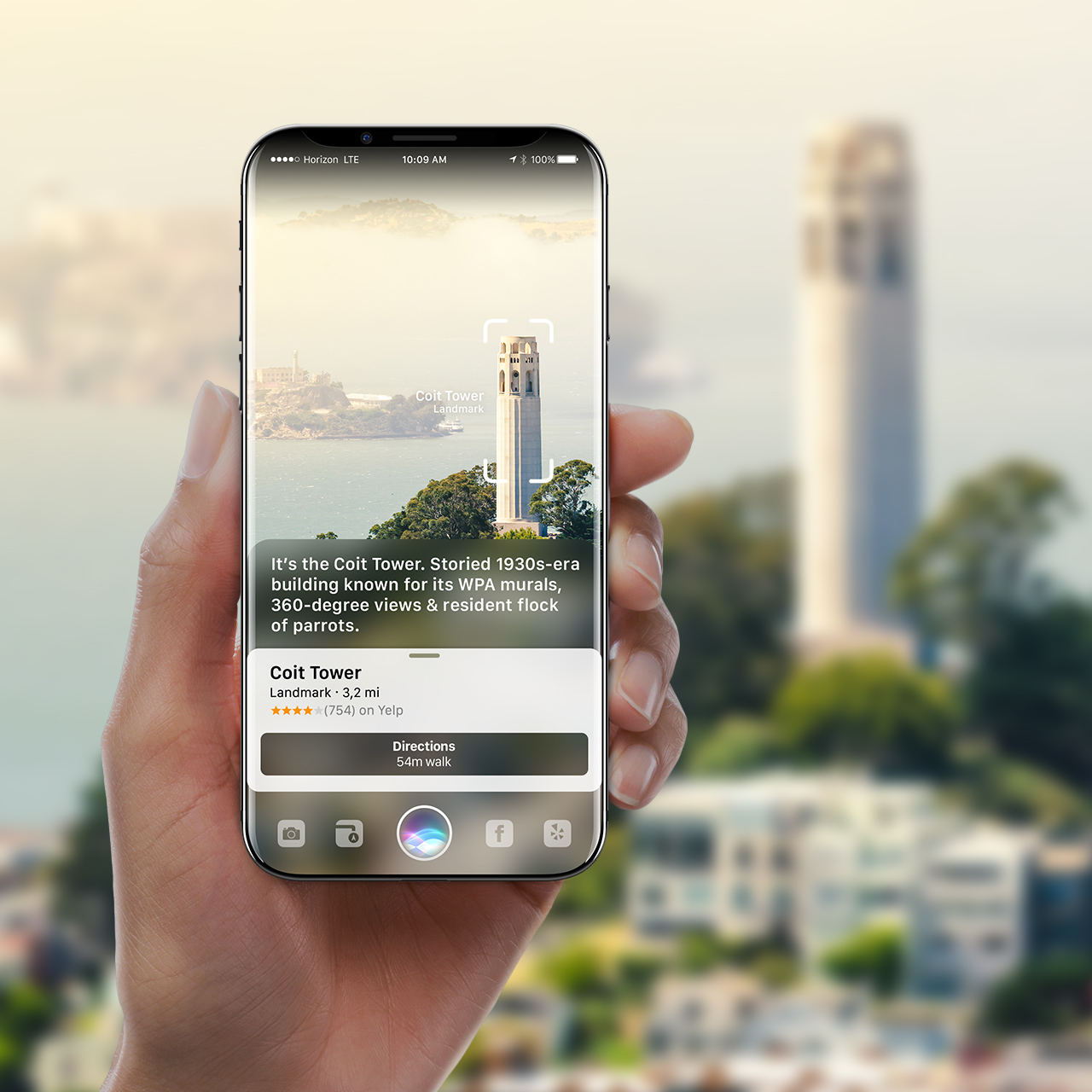The Mature Smartphone Market
The end of smartphone innovation:
This autumn Apple will release a new iPhone design, and the fact that it postponed a new design and kept the 6 design for three years instead of two suggests it has something that will attract attention. However, it will really still ‘just’ be another iPhone. Meanwhile, we have some indications that Apple is working on AR glasses (of which more later) and certainly was working on a car project – but neither of these is likely to see a mass-market consumer release for a year or two at the least (cars perhaps longer). So, expect a lot more ‘innovation dead at Apple!’ stories.
This is paralleled at Android, I think: the new developer release of version ‘O’ has lots of good work and solid worthy stuff, but nothing world changing. Again, the cry will go up, “innovation is dead!”
Evans is skeptical on voice being the next hot tech. He’s more bullish on augmented reality (AR).
It seems like only yesterday the iPhone was released, but in reality it debuted 10 years ago this past January. The smartphone market is mature, so everyone is anxious about what comes next.
Like every other tech company, Apple’s goal now is not to predict the post-iPhone future, but to invent it.

